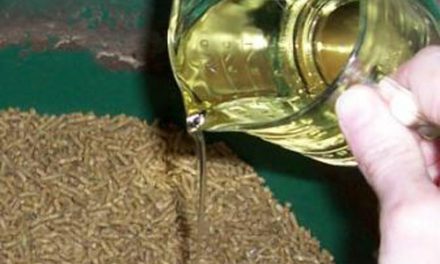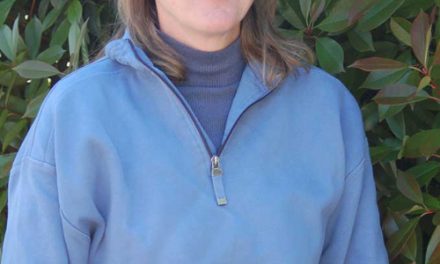The Way of Horses
Mosquitoes are found on every continent except Antarctica. There are more than 3,500 species in this insect family, and they all carry disease. Of interest to horse owners are the genera: Aedes, Anopheles, Culex and Mansonia
Aedes – there are more than 950 subgenera types of Aedes mosquitoes. Of primary interest to horse owners in the United States are Aedes aegypti, A. albopictus and A. taeniorhychus.
A. aegypti is the primary carrier of Venezuelan Equine Encephalitis (VEE).
A. albopictus (Asian Tiger Mosquito) can transmit West Nile virus, Eastern Equine Encephalitis (EEE), Western Equine Encephalitis (WEE), VEE and the dog heartworm parasite. It is also the main vector for dengue, chikungunya and the Zika virus.
A. taeniorhychus (Black Salt Marsh Mosquito) is a vector for the West Nile virus and VEE.
Distinguishing characteristics of Aedes are bands on the legs that are light and dark, they have black and white markings on the abdomen, the female’s abdomen comes to a point, and the proboscis points down when it is resting.
Anopheles – this genus of mosquito is the primary vector for malaria. It affects horse owners because it can also carry the West Nile virus and EEE. Anophelines are found worldwide except Antarctica.
This mosquito is unique because the maxillary palpi are as long as the proboscis. Male and female Anophelines rest or feed with their abdomens sticking up in the air.
Culex (common house mosquito) – this mosquito prefers to feed on birds, as opposed to mammals. During a Connecticut study done in the summers of 2002 through 2004 blood meals collected from Culex mosquitoes showed 93 percent contained avian blood only. But the Culex can transmit the encephalitis diseases, West Nile and malaria if the opportunity presents itself.
Distinguishing characteristics of the Culex are a blunt abdomen with light colored “bands”, a short maxillary palpus, and when at rest or feeding, the abdomen is horizontal to the surface on which it sits.
Mansonia – this mosquito is a vector for VEE, EEE and the West Nile virus. It is hard to control as the larvae do not have to breathe on the surface like other mosquito genera. The pupae are able to pierce the roots of aquatic plants and siphon out oxygen.
The Mansonia varieties are big, black or dark brown, with speckled legs and wings. They have tufts of bristles on the scutum.
Prevention is the key when protecting your horse from these disease-carrying insects. Consult your veterinarian for a vaccination schedule. Eliminate standing water or use Bacillus thuringiensis israelensis (Bti) in standing water to kill the larvae. (Bti is non-toxic bacteria that kill mosquito larvae, but do not harm humans or animals.) Use barrier methods such as fly spray, fly sheets and provide shelter for your horse during peak mosquito feeding times (dusk, night and daybreak).
* Enroll in the online course Health and Disease Management, taught by Dr. Jack Sales, DVM. Learn how to prevent and manage equine diseases. Learn more and earn a certificate or degree in Equine Studies at www.horsecoursesonline.com







